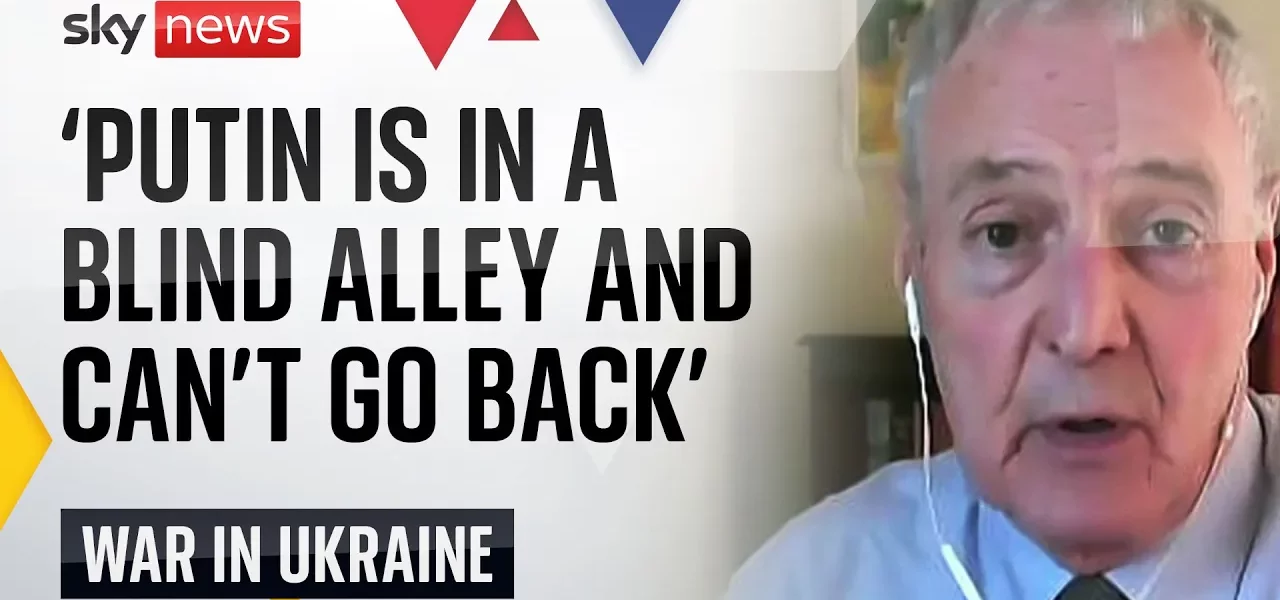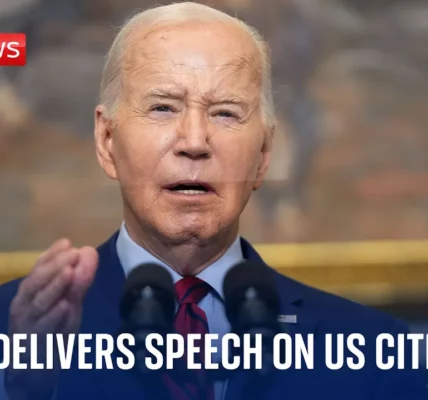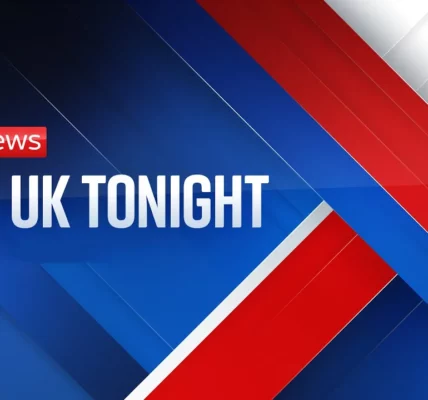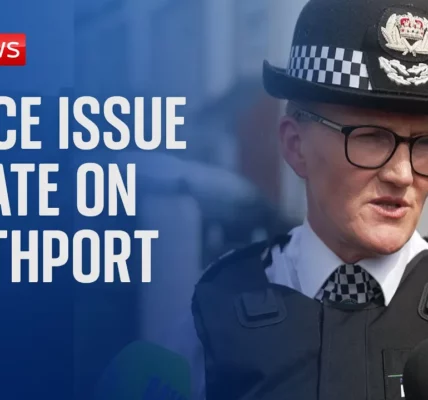Putin’s Threat Against NATO: What It Means for Ukraine

In a recent statement, President Putin escalated tensions by asserting that Russia would consider the West at war with them, raising significant concerns over the ongoing conflict in Ukraine. This article delves deep into the implications of these statements, the current military situation in Ukraine, and the potential for escalation in the conflict.
Introduction
As the geopolitical landscape continues to shift, President Putin’s recent threats against NATO signal a dangerous escalation in rhetoric and military readiness. This statement comes at a critical time as Ukraine faces relentless air attacks, putting pressure on Western allies to provide more substantial military support. In this context, understanding the motivations behind Putin’s threats and their potential consequences for Ukraine is essential for grasping the future of European security.
Understanding Putin’s Threat
President Putin’s assertion that Russia may view NATO as a belligerent is not a surprising move, given his history of aggressive posturing. This section breaks down the implications of such statements and their timing.
Historical Context
Putin’s threats are often characterized by a pattern of intimidation aimed at deterring Western intervention. By framing NATO as a direct adversary, he seeks to rally domestic support and justify military actions. The recent statements are stronger than his usual rhetoric, indicating a calculated strategy to instill fear among Western leaders.
Strategic Timing
The timing of Putin’s threats coincides with anticipated announcements regarding military support to Ukraine. By asserting these claims now, he aims to preemptively counter any potential actions from the West that could bolster Ukraine’s defenses.
The Situation in Ukraine
Ukraine is currently facing a significant escalation in air attacks from Russian forces, targeting critical infrastructure and civilian areas. This section explores the challenges Ukraine is confronting and the necessary military responses.
Escalation of Russian Attacks
Since the beginning of the conflict, particularly following the K invasion, Russian air assaults have intensified. The focus on the energy grid and civilian infrastructure is designed to undermine Ukraine’s ability to govern effectively during the harsh winter months.
Ukrainian Military Needs
In response to the increasing threat, Ukraine is calling for enhanced air defense systems and the capability to strike back at Russian airbases. The following points summarize Ukraine’s military needs:
- Enhanced air defense systems to counter Russian airstrikes.
- Long-range missiles to target launch sites in Russia.
- Support for ground forces to maintain territorial integrity.
The Risk of Escalation
The ongoing conflict has inherent risks of escalation, particularly as both sides continue to engage in tit-for-tat military actions. This section examines the likelihood of further escalation and its potential consequences.
Escalation Dynamics
Professor Clark notes that escalation has been built into this conflict since its inception. The Russian leadership is unlikely to back down, and military actions may provoke further responses from NATO and Ukrainian forces.
Assessing the Risks
While the chance of a broader European war remains relatively low, it has increased significantly. Factors influencing this risk include:
- Continued military support from NATO to Ukraine.
- Potential miscalculations by either side during military engagements.
- Domestic pressures within Russia that may compel aggressive actions.
Conclusion
The situation between Russia, NATO, and Ukraine remains precarious. As Putin issues threats and Ukrainian forces seek to bolster their defenses, the potential for escalation is palpable. Understanding these dynamics is crucial for policymakers in the West. It is essential to navigate this complex landscape carefully to support Ukraine while avoiding a broader conflict. Stay informed and engaged as the situation develops to better understand the implications for global security.
For further insights on the Ukraine conflict, explore our related articles on military strategy and geopolitical analysis.
“`




